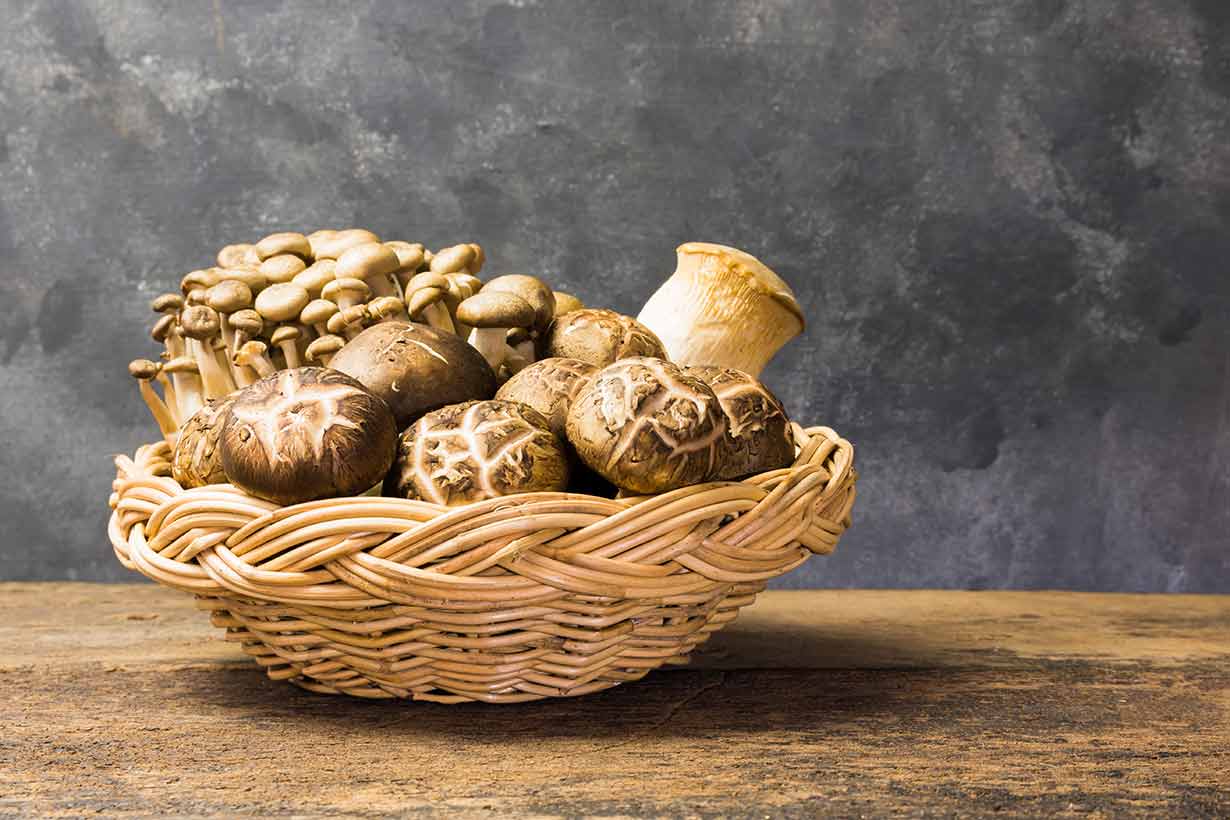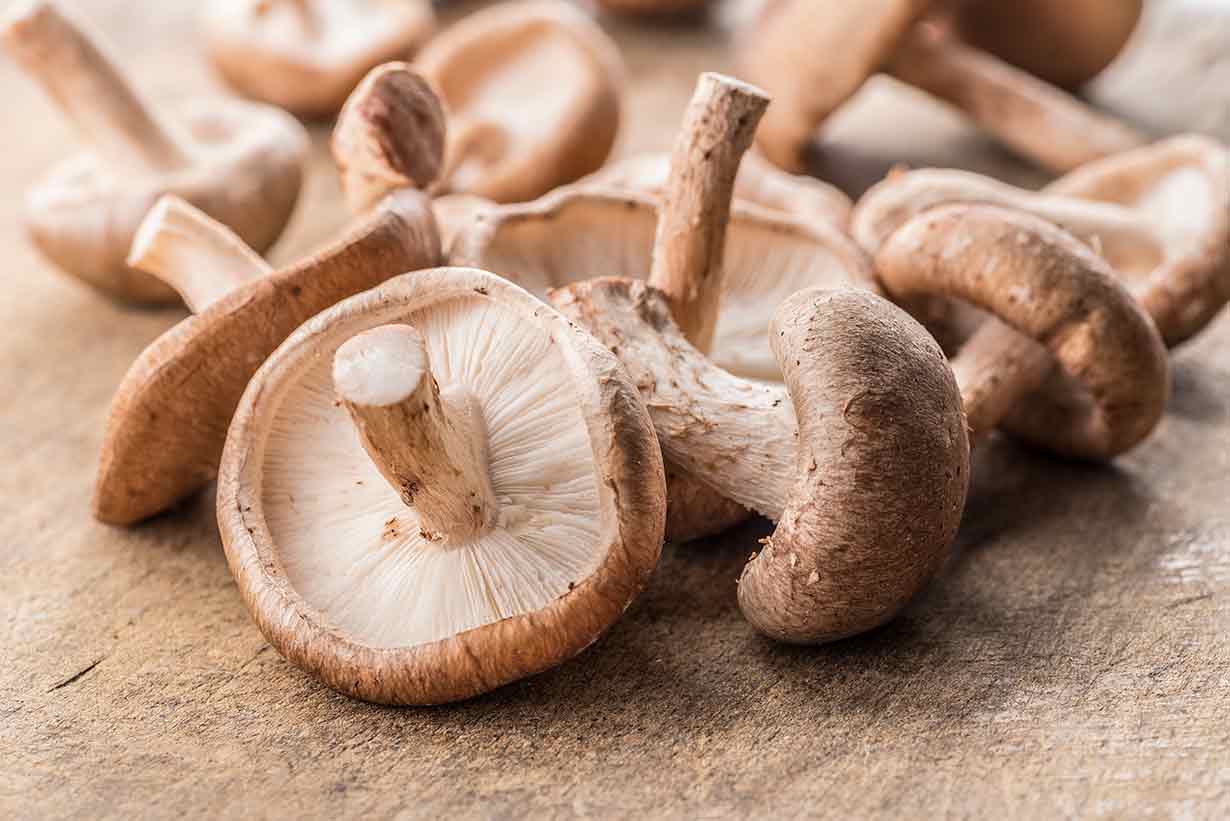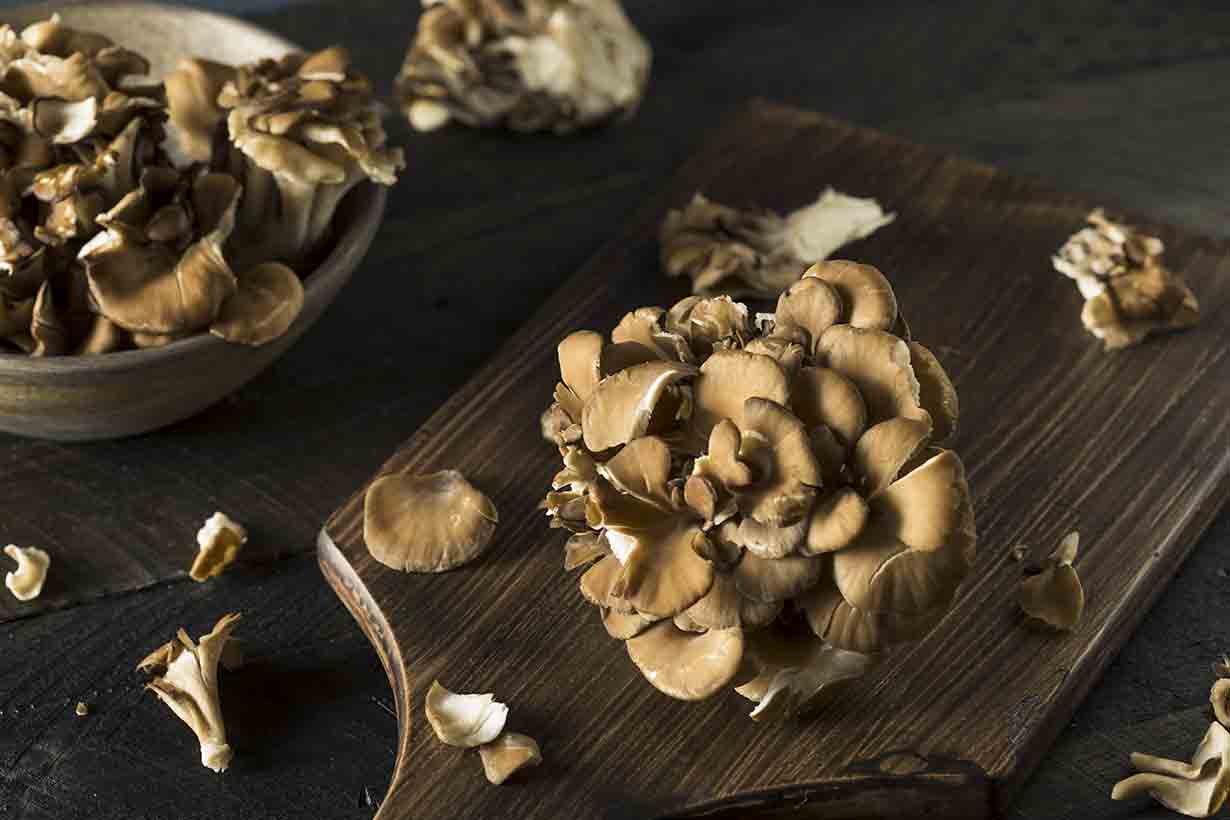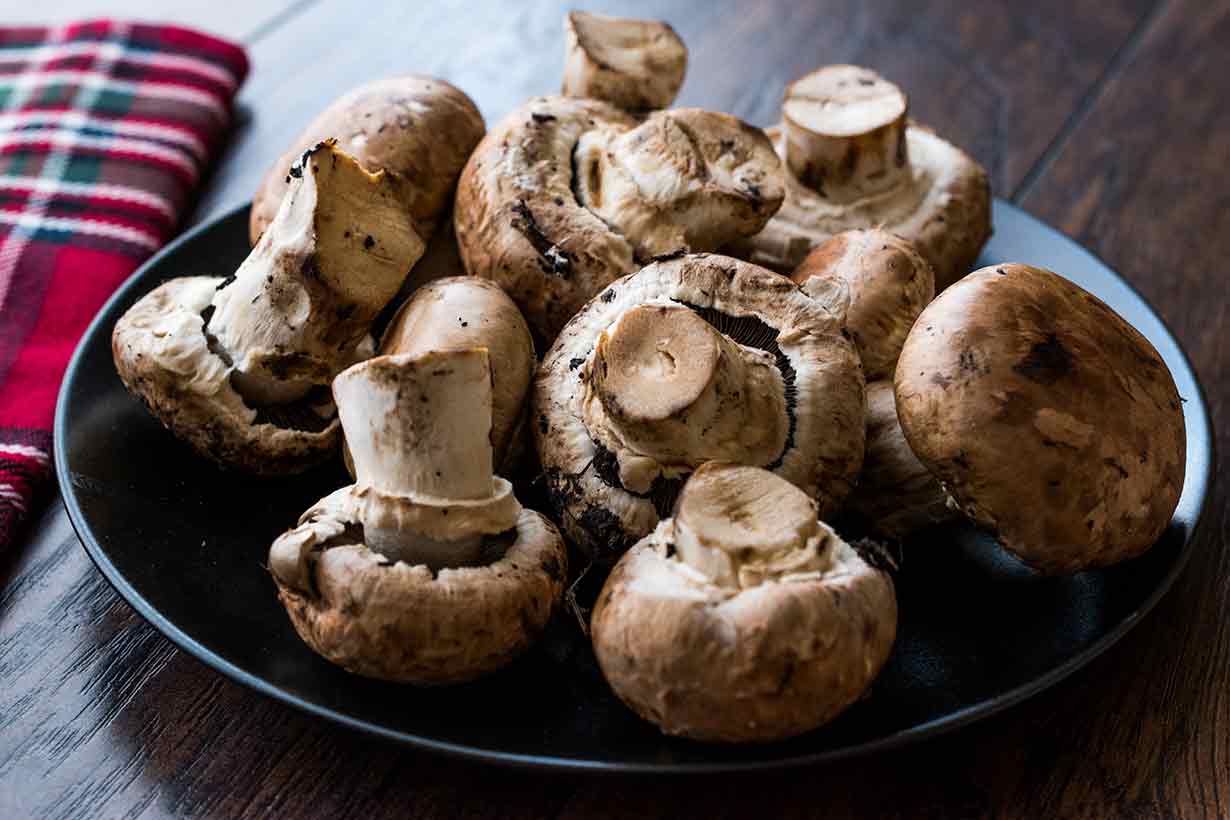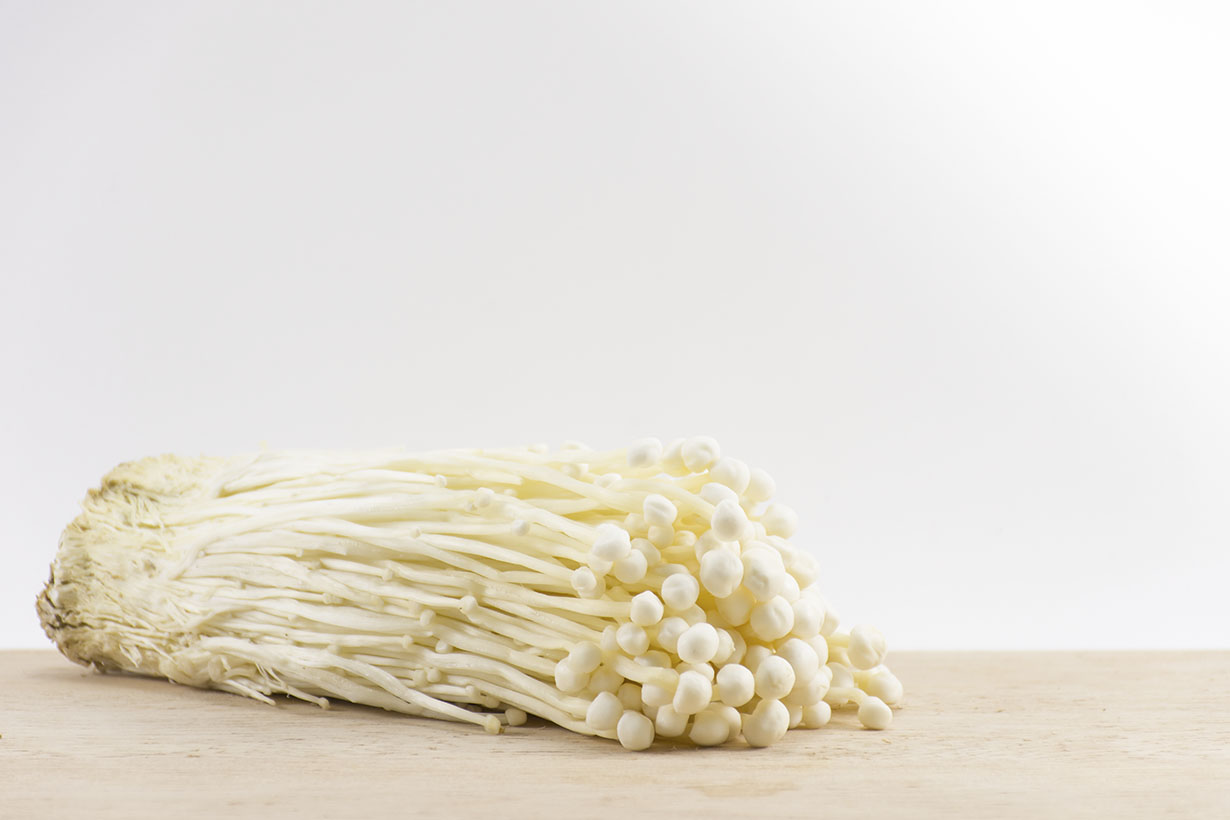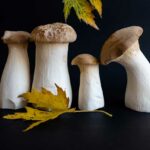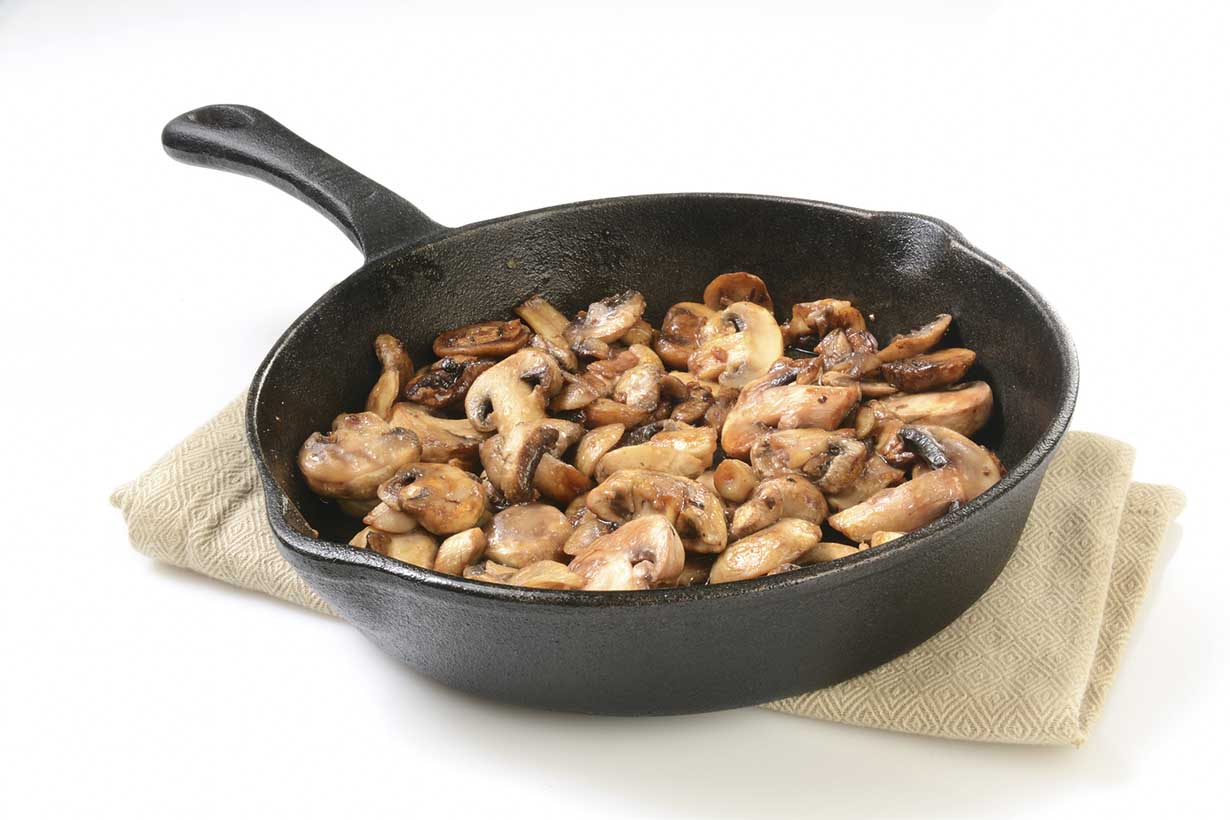Morel mushrooms are unique-looking mushrooms that have been growing in popularity over recent years.
What potential nutritional benefits do these interesting mushrooms have?
This article provides a complete guide to morel mushrooms and their nutritional values, potential benefits, downsides, and how to use them.
What Are Morel Mushrooms?
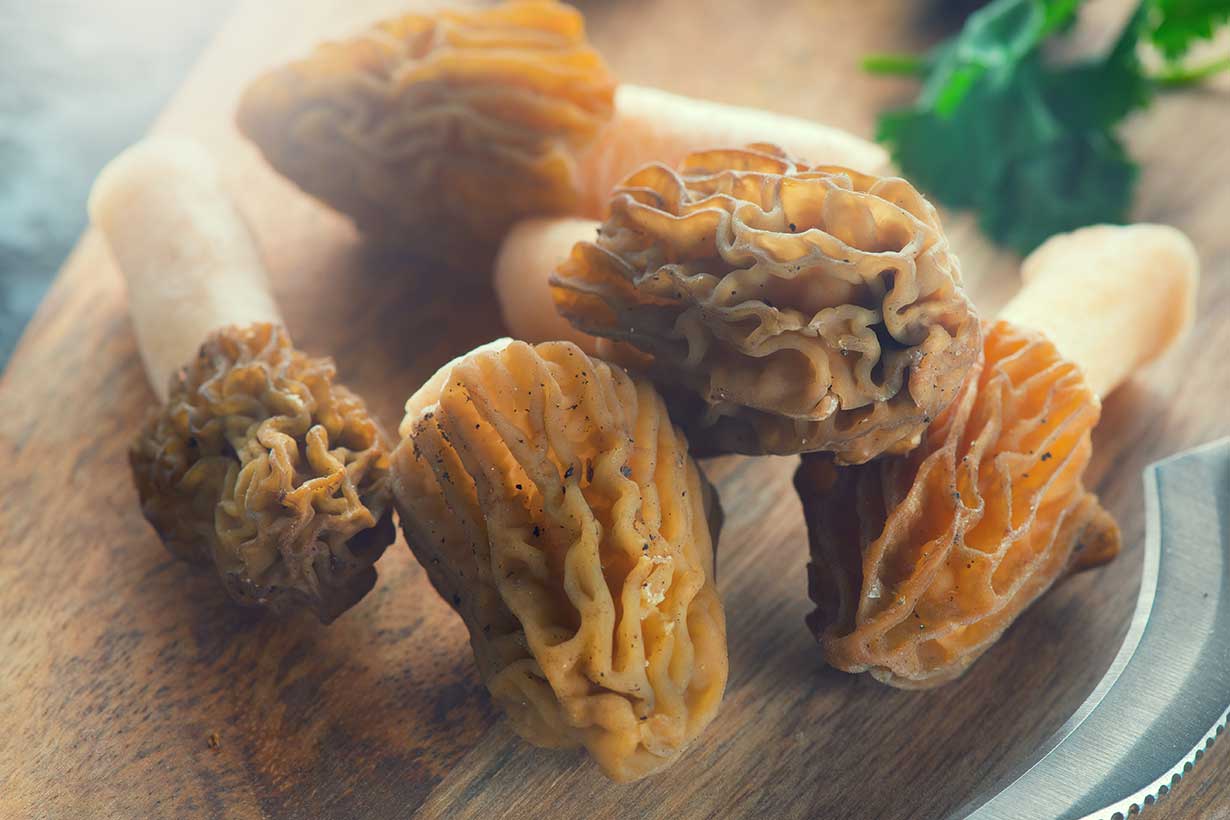
Morel mushrooms have the scientific name of ‘Morchella esculenta,’ and they belong to the Morchellaceae family of fungi (1).
Also known as morels, they are an edible mushroom variety that mainly grows in Asia, the Middle East, and North America. However, they also grow in all nations within the Northern hemisphere with temperate or boreal forests (1).
For many years, morel mushrooms were in the exclusive domain of foragers, and it was hard to find them for sale.
However, commercial cultivation has vastly increased over the past decade. Although somewhat hard to find, they can now be found fresh in nations where they grow.
The mushrooms are also widely available in their dried form. On this note, commercial exports of dried morel mushrooms from China skyrocketed from 181,000 kilograms per year to 900,000 kg between 2010 and 2015 (2).
Morel mushrooms mainly fruit in the spring (2).
Appearance
As shown in the image above, morel mushrooms have a thick white stem and a long, ridged cap.
The patterns on the cap look somewhat like honeycomb, and the mushrooms can come in a range of different color tones. For instance, morel mushrooms may have any of the following color shades (1):
- Black
- Brown
- Cream
- Green
- Grey
- Olive
- Pink
- Yellow
Taste
Morel mushrooms are popular culinary mushrooms prized for their taste and depth of flavor. They have an earthy, somewhat meaty, nutty, and umami flavor.
Morels have a much stronger taste than regular store-bought options such as white button or cremini mushrooms, and they’re very flavorful.
Nutrition Facts
In addition to being a popular culinary mushroom, morels are also quite nutritious.
Below you can see their nutritional values per 3.5 oz (100-gram) serving, based on data from the USDA FoodData Central database (3).
| Name | Amount | % Daily Value |
|---|---|---|
| Calories | 31 kcal | 1.6% |
| Carbohydrate | 5.1 g | 1.7% |
| Fiber | 2.8 g | 10% |
| Sugars | 0.6 g | |
| Fat | 0.57 g | 0.9% |
| Saturated | 0.07 g | 0.3% |
| Monounsaturated | 0.05 g | |
| Polyunsaturated | 0.43 g | |
| Omega-3 | 0 g | |
| Omega-6 | 0.22 g | |
| Protein | 3.12 g | 6.2% |
As shown in the table, morel mushrooms are mainly a source of carbohydrate (primarily fiber). They contain a modest amount of protein too.
Vitamins and Minerals
Based on USDA data and the FDA’s recommended daily values, here is the vitamin and mineral content of morel mushrooms (3, 4).
Vitamins
- Vitamin D: 26% of the daily value
- Riboflavin (B2): 16% DV
- Niacin (B3): 14% DV
- Vitamin B6: 8% DV
- Vitamin C: 3% DV
- Thiamin (B1): 6% DV
- Pantothenic acid (B5): 9% DV
- Choline: 4% DV
- Folate: 2% DV
- Vitamin E: 0.1% DV
Minerals
- Copper: 70% DV
- Iron: 68% DV
- Manganese: 26% DV
- Zinc: 18% DV
- Phosphorus: 16% DV
- Potassium: 9% DV
- Magnesium: 5% DV
- Calcium: 3% DV
- Selenium: 4% DV
- Sodium: 1% DV
As shown by the vitamin and mineral content of morels, the mushrooms are exceptionally nutrient-dense.
For only 31 calories per 100 grams, morel mushrooms offer more than half of the daily recommended values for copper and iron.
Additionally, they provide good amounts of vitamin D, B vitamins, manganese, zinc, and phosphorus.
Potential Health Benefits
There has been very little in the way of research involving human trials on morel mushrooms.
However, here are some of their potential benefits and some highlights from their nutrient profile.
Anti-inflammatory and Protective Effects
Numerous cell line (test tube) studies demonstrate that morel mushrooms have anti-inflammatory and anti-tumor effects (5, 6, 7).
However, it is worth noting that such studies use concentrated extracts of the mushrooms in tests outside of the human body. For this reason, we can’t apply their findings to infer such benefits from simply eating whole morel mushrooms.
That said, such research does show that morel mushrooms contain compounds that likely have beneficial properties.
An animal study also found that mycelium extracted from morel mushrooms may have liver-protective properties. In this particular study, treatment with morel mycelium extract improved markers of liver health in animals that had induced liver damage from the administration of ethanol and carbon tetrachloride (8).
Once again, though, these effects were not in humans, and they were using high-strength extracts. More than anything else, such studies investigate the potential value of compounds from food in developing drugs and medical therapies.
Morels Are a Rich Source of Vitamin D
Although not quite as high in vitamin D as maitake mushrooms, morels are one of the most vitamin D-rich mushrooms.
With 206 IU (5.15 mcg) vitamin D per 100 grams, morel mushrooms offer more than a quarter of the recommended daily value of 20 mcg (3, 4).
When mushrooms contain vitamin D, they do so in the form of vitamin D2 (ergosterol).
In this regard, vitamin D3 (cholecalciferol) appears to raise plasma vitamin D levels to a greater extent. However, systematic reviews and meta-analyses show that vitamin D2 also reliably maintains/raises plasma vitamin D levels (9, 10).
This essential nutrient can also be difficult to obtain from food, with few foods containing it other than fatty fish, eggs, mushrooms, and fortified foods.
Phytonutrient Content
Morel mushrooms contain various phytonutrients, including carotenoids and polyphenols such as gallic and tannic acid (11, 12, 13).
Such phytonutrients are thought to have potential benefits for human health, potentially by positively influencing gut microbiota – “beneficial bacteria” that live in the intestines (14).
However, the exact mechanisms of how polyphenols may benefit human health are not fully understood at this point (15).
A recent systematic review noted that polyphenol intake is inversely associated with cardiovascular disease and higher intake associates with improving several other health outcomes (16).
Are There Any Risks?
As with any food, there is the (rare) possibility of allergy to morel mushrooms. However, the most significant health risk that the mushrooms present is for foragers trying to identify and pick them.
While true morel mushrooms (Morchella esculenta) are perfectly edible, some lookalike species of mushrooms are poisonous. For instance, Verpa (thimble morels) and Gyranitra (false morels) are both poisonous and can cause liver toxicity and abdominal symptoms (17, 18, 19).
Since morel mushrooms are relatively hard to find in their fresh form, they are a popular mushroom for foragers, which makes this an important point.
The first rule of picking mushrooms is always to leave something if you cannot confidently identify it. Foraging should only be done under the guidance of someone with adequate knowledge.
Other Downsides
Perhaps the main downside of morel mushrooms is how difficult they are to obtain:
- Finding them for sale locally will only be possible for those who live in an area where they grow, and even then, they are seasonal.
- Foraging for and picking the mushrooms in the wild requires expert knowledge of how to identify mushrooms. For anyone else, it can be potentially dangerous.
- Dried morels are widely available, but they can be expensive due to the difficulty in obtaining and producing them.
If morel mushrooms seem too difficult to obtain, then shiitake mushrooms are another flavorful (and more common) option that make great cooking ingredients.
How To Use Morel Mushrooms
Like all culinary mushrooms, morels are versatile, and we can use them in several different ways.
Pan-frying is the best way of cooking them alone. Frying involves using a bit of oil and salt for seasoning and then waiting for the mushrooms to become soft.
Morel mushrooms can be used in a similar way to other mushrooms:
- Cook them alone
- Add them to soups and stews
- Use them in pasta and rice dishes
- As a pizza topping
- As an ingredient in stir-fries
- In quiches and pies
- In curries
For some more ideas, there are some good morel mushroom recipes here.
Where To Buy
Unless living in an area where morel mushrooms grow locally, it is probably unrealistic to find fresh morels for sale. Even living in an area where they grow locally, it can still be hard to see the mushrooms in stores.
However, dried morel mushrooms are available around the world. Some good places to find them might be local or online health stores.
They are also available on Amazon (disclosure: affiliate link) if there are no other options.
Note: one gram of dried mushrooms is roughly equivalent to seven grams of fresh morels in terms of nutrient content.
Final Thoughts
Overall, morel mushrooms offer high nutritional value, and they are particularly rich in copper, iron, manganese, and vitamin D.
While they contain compounds with supposed ‘medicinal’ value, there are no human trials in this area. Thus, it is best to take strong claims of benefits with a pinch of salt.
Aside from that, the mushrooms are a tasty ingredient valued around the world for their flavor.
They’re an interesting mushroom to try for those with an opportunity to do so, but they’re also expensive and hard to find.

